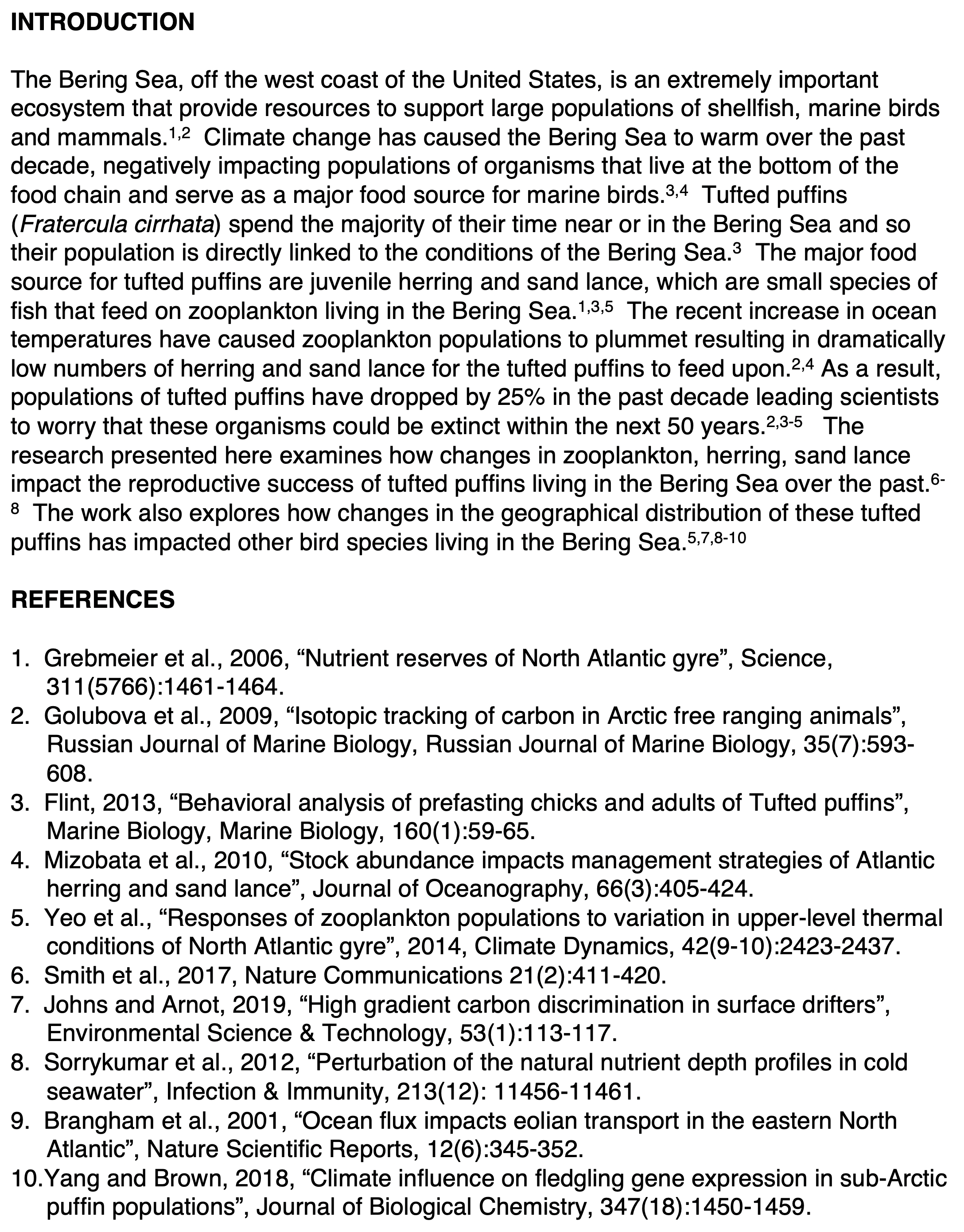


This Copernican heliocentric solar system, from 1708, shows the orbit of the moon around the Earth, and the orbits of the Earth and planets round the sun, including Jupiter and its moons, all surrounded by the 12 signs of the zodiac. In science, a theory is the framework for observations and facts, Tanner told Live Science. Saying something is "just a theory" confuses the scientific definition of "theory" with the layperson's definition. For a hypothesis to become a theory, scientists must conduct rigorous testing, typically across multiple disciplines by separate groups of scientists. This does not mean theories are not meaningful. For instance, Newton's laws of motion describe everything we've observed in the macroscopic world, but they break down at the subatomic level. Laws are generally considered to be without exception, though some laws have been modified over time after further testing found discrepancies. "From there, scientists can then ask the questions, 'Why and how?'" "In science, laws are a starting place," said Peter Coppinger, an associate professor of biology and biomedical engineering at the Rose-Hulman Institute of Technology. One example would be the law of conservation of energy, which is the first law of thermodynamics that says that energy can neither be created nor destroyed.Ī law describes an observed phenomenon, but it doesn't explain why the phenomenon exists or what causes it. While a theory provides an explanation for a phenomenon, a scientific law provides a description of a phenomenon, according to The University of Waikato (opens in new tab). When an idea has been confirmed over many experiments, it can be called a scientific theory. The process of generating and testing a hypothesis forms the backbone of the scientific method. The control group is what the experimental group is compared against, according to Britannica (opens in new tab). An experiment should include an experimental group and a control group.An experiment should include a dependent variable (which does not change) and an independent variable (which does change), according to the University of California, Santa Barbara (opens in new tab).Deductive reasoning is the process of using true premises to reach a logical true conclusion while inductive reasoning uses observations to infer an explanation for those observations. Research must involve deductive reasoning and inductive reasoning.Falsifiable means that there must be a possible negative answer to the hypothesis. The hypothesis must be testable and falsifiable, according to North Carolina State University (opens in new tab).Some key underpinnings to the scientific method: "The reproducibility of published experiments is the foundation of science.

"Replication of methods and results is my favorite step in the scientific method," Moshe Pritsker, a former post-doctoral researcher at Harvard Medical School and CEO of JoVE, told Live Science.


 0 kommentar(er)
0 kommentar(er)
